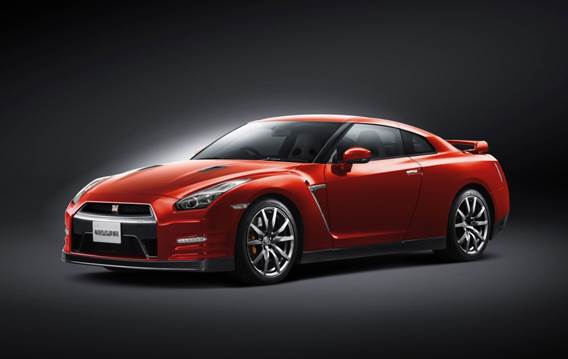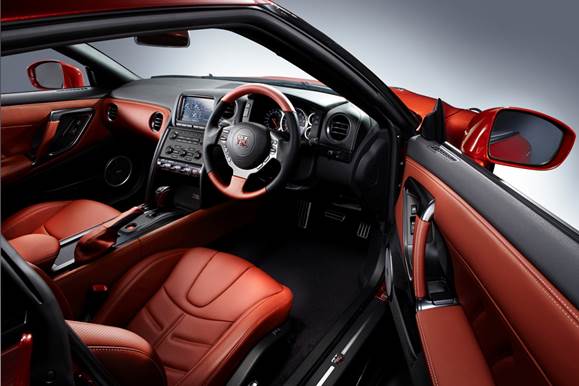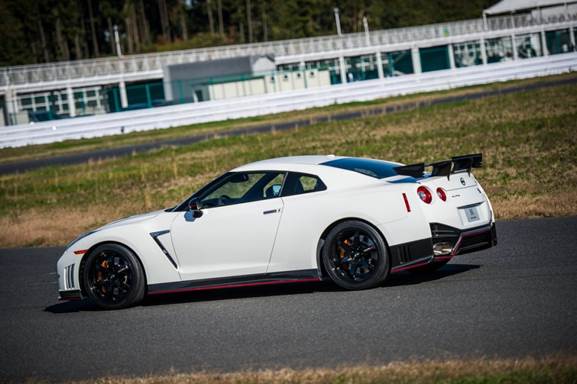Take your pick of three new GT-Rs, including one Nismo and a Time Attack racer
There are those who see the Nissan GT-R as the Holy Grail, the perfect tuna, and we can’t say we necessarily disagree. When it came out six years ago, it stickered at less than a hundred grand and yet kept pace with cars costing twice as much. It wasn’t as smooth as some, and its looks were a little on the industrial side, but it went really, really fast – who could want anything more?

Well, more they got. In the next six months, we are going to get no fewer than three new GT-R models. Two will have 600 (or so) hp (55 more than before). At the GT-R debut in ’07, chief engineer Kazutoshi Mizuno said he wouldn’t stop developing the car – boy, he wasn’t kidding.
Let’s start with the 2015 base model GT-R coming to the U.S. in January. While the engine is the same 545-hp twin-turbo V6 powering all four wheels through a six-speed dual-clutch transmission, the engineers at Nissan refined the suspension. Note we said “refined.” They didn’t just slap on a strut tower brace and add rock-hard shocks and springs.
“Normally you make the shocks and springs harder, harder, harder,” said the new chief engineer, Kinichi Tanuma. “That’s the typical time attack chaser. We learned at Nürburgring: Maybe softer is better. Softer, but faster.”
Yes, Nürburgring, the place where GT-R engineers have established permanent residency, pay taxes and can vote in elections. More on the Nürburgring in a minute. The idea behind softening – oops, refining – the suspension is to keep the tires on the ground more so they can provide grip. Unless you have a billiard-table-smooth racetrack, your suspension will need to absorb bumps without launching into space. So a suspension able to absorb bumps better is preferable in the real world. Other refinements on the 2015: The Dunlops are made with a new com-pound for increased grip. The brakes have been returned for a firmer, more linear response at normal speeds. The steering has been recalibrated for ease of use in city traffic. And there are new headlights and exterior color choices.

A step up in power and prestige is the 600-hp GT-R Nismo. Thanks to larger turbos used in GT3 racing, in addition to optimized injectors and fuel pump, this is the most powerful GT-R to date. The chassis was stiffened, allowing the new front links and carryover rears to better locate the wheels. There’s a new rear-stabilizer bar, and they even added bigger lug nuts. Aerodynamic enhancements outside add more than 220 pounds of down force at speed while maintaining a 0.26 coefficient of drag.
Not enough? There is a third model – the Time Attack GT-R, with the same specifications as the car that clocked the 7:08.679 Nürburgring lap time. While horsepower and torque in the V6 still peak at 600 and 481, respectively, the curves are slightly flatter here. The AWD system is revised for grip on der Nordschleife’s pavement, and the aero exterior is optimized for Nürburgring speeds.
We weren’t on the Nürburgring, but we did drive two of the three GT-Rs and got a ride in the other.
